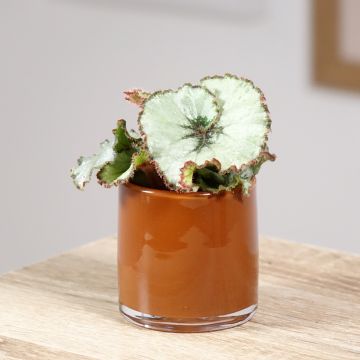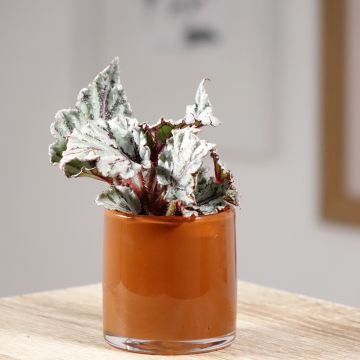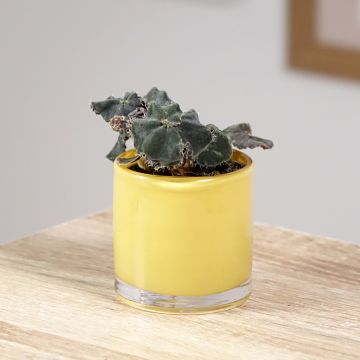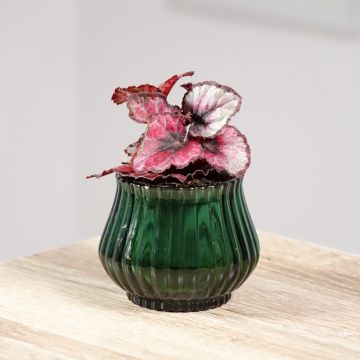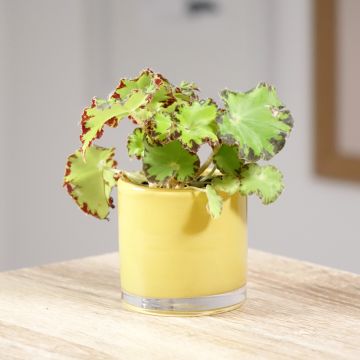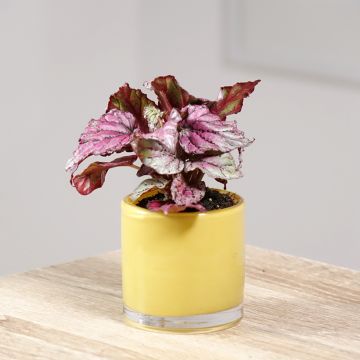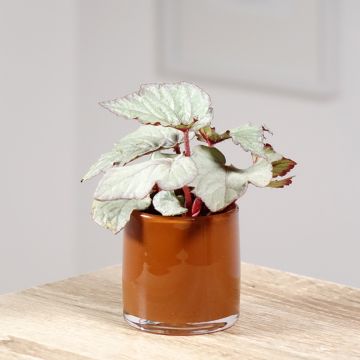

Begonia amphioxus
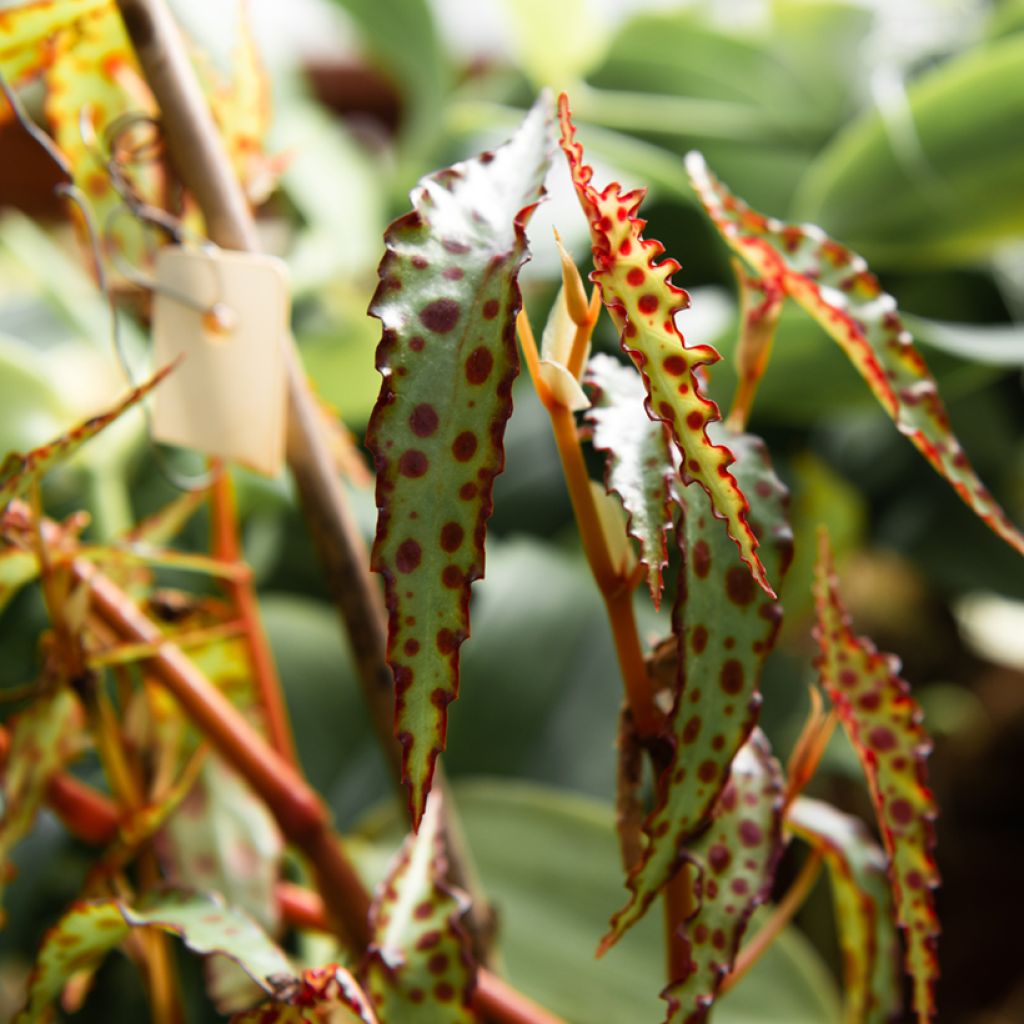

Begonia amphioxus


Begonia amphioxus
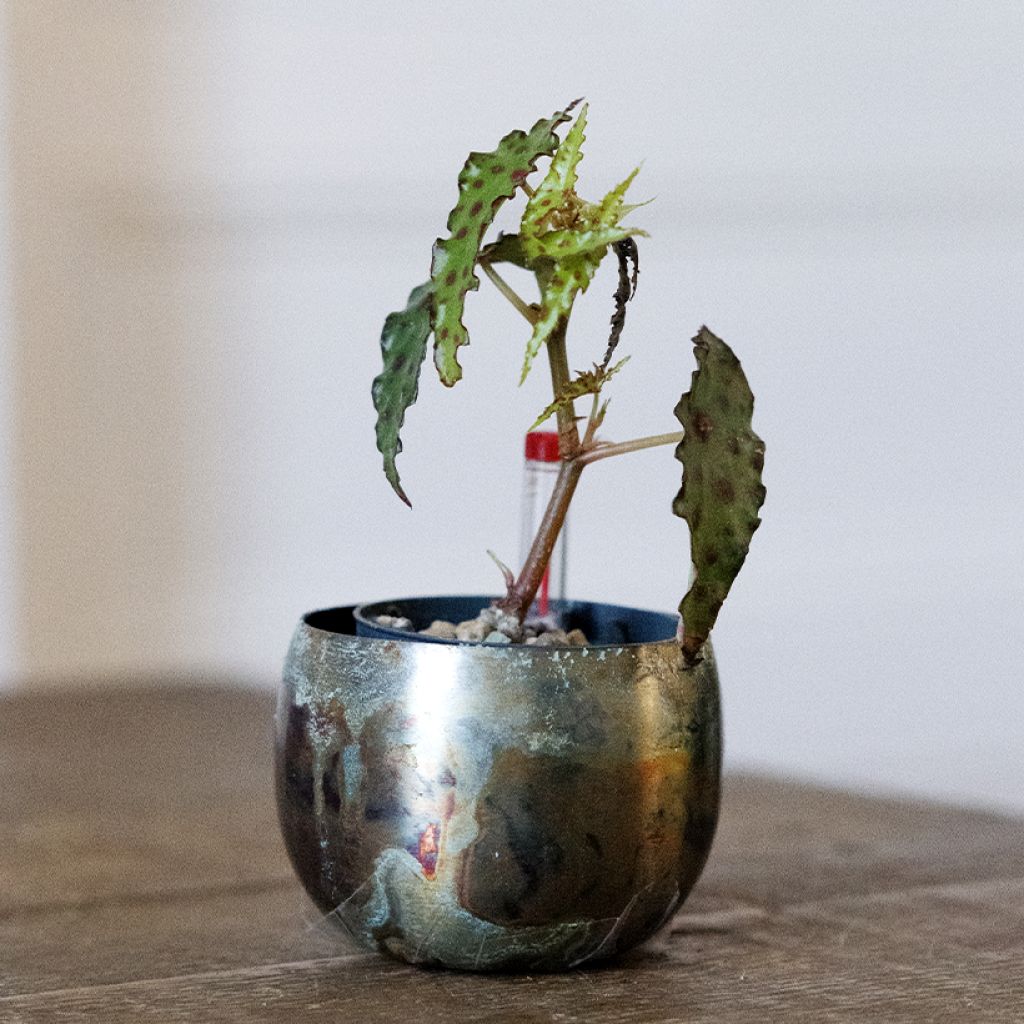

Begonia amphioxus
Begonia amphioxus
Begonia amphioxus
Very pretty plant, unfortunately received in pieces. Sure, it will grow back, but still...
brindille, 03/10/2025
Special offer!
Receive a €20 voucher for any order over €90 (excluding delivery costs, credit notes, and plastic-free options)!
1- Add your favorite plants to your cart.
2- Once you have reached €90, confirm your order (you can even choose the delivery date!).
3- As soon as your order is shipped, you will receive an email containing your voucher code, valid for 3 months (90 days).
Your voucher is unique and can only be used once, for any order with a minimum value of €20, excluding delivery costs.
Can be combined with other current offers, non-divisible and non-refundable.
Why not try an alternative variety in stock?
View all →This plant carries a 30 days recovery warranty
More information
We guarantee the quality of our plants for a full growing cycle, and will replace at our expense any plant that fails to recover under normal climatic and planting conditions.

Description
With its slender bright green leaves adorned with red spots, the Begonia amphioxus is a botanical treasure that catches everyone's eye. This rare, sought after houseplant by collectors boasts a charm that is both tropical and sophisticated. Requiring slightly delicate care, it should be placed in a bright spot without direct sunlight and kept in constant ambient humidity to preserve its extraordinary foliage.
The Begonia amphioxus belongs to the Begoniaceae family. This perennial and shrubby species, native to Malaysia—specifically the state of Sabah on the island of Borneo—was described in 1990 by botanist Martin Jonathan Southgate Sands.
When grown indoors, the Begonia amphioxus exhibits moderate growth, typically reaching a height of 45 cm and a spread of 40 cm. Its habit is bushy, with upright stems and elongated, pointed leaves at both ends, displaying a vivid green hue speckled with red spots. The leaves measure approximately 2.5 to 5 cm in width and 5 cm in length, with slightly undulate edges. Though its flowering is subtle, it may occur up to three times a year, producing small white or purple flowers. The plant is monoecious, meaning that it bears separate male and female flowers on the same specimen. The flowers are distinctive, composed of sepals rather than petals.
The Begonia genus includes over 1,800 species primarily found in tropical and subtropical regions worldwide. These plants often thrive in humid environments such as the undergrowth of tropical forests where they flourish in partial shade. The Begonia amphioxus is endemic to the limestone hills of Borneo where it grows in shaded, moist areas.
To grow the Begonia amphioxus indoors, it is essential to provide bright, indirect light, avoiding direct sunlight that could scorch its delicate leaves. Ambient humidity should be kept high, ideally between 80 and 95%—conditions it would naturally experience in terrariums or tropical greenhouses. The ideal ambient temperature ranges between 20 and 25°C. Regular watering is necessary, keeping the substrate slightly moist but well-drained to prevent root rot.
The Begonia amphioxus will thrive in a tropical conservatory or even a living room terrarium. To showcase it, place it on a light wood shelf or a minimalist metal stand, ideally near a window filtered by sheer curtains. A natural moss stake or a hanging basket will accentuate its slender, bushy habit. Pair it with plants featuring contrasting foliage such as the glossy-leaved Philodendron burle-marxii, other indoor begonias, or a large pot of trailing 'Summerwings Dark Elegance' Begonia .
Report an error about the product description
Begonia amphioxus in pictures
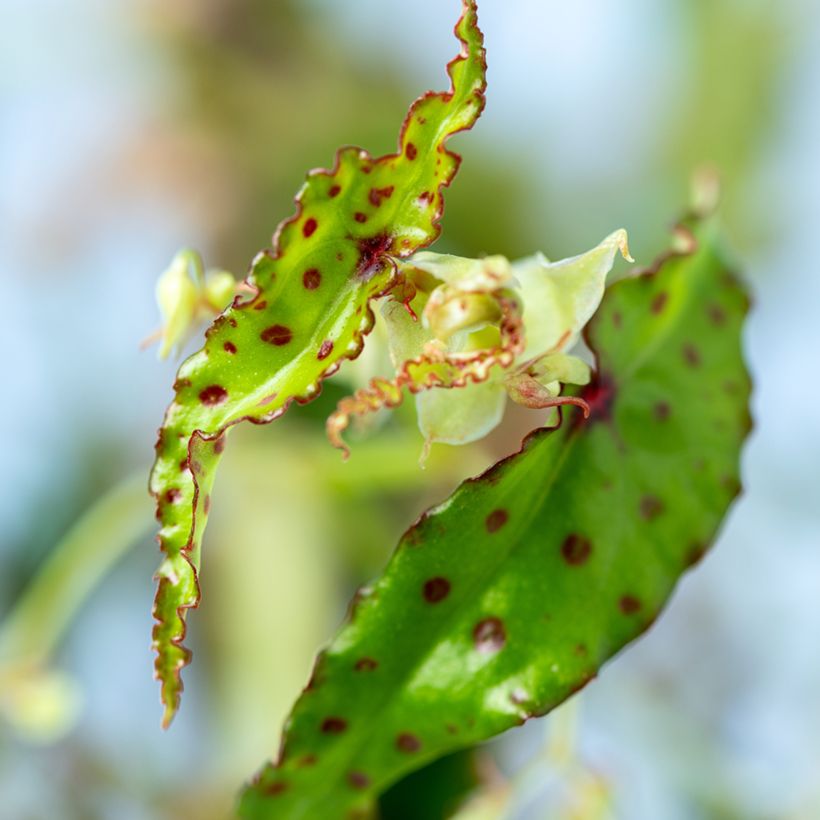



Foliage
Plant habit
Flowering
Botanical data
Begonia
amphioxus
Begoniaceae
Southeast Asia
Safety measures
Other Indoor Begonias
View all →Location
Location
Maintenance and care
Watering tips
Potting advice, substrates and fertilisers
Houseplant care
Disease and pest advice
Maintenance and care
-
, onOrder confirmed
Reply from on Promesse de fleurs
Haven't found what you were looking for?
Hardiness is the lowest winter temperature a plant can endure without suffering serious damage or even dying. However, hardiness is affected by location (a sheltered area, such as a patio), protection (winter cover) and soil type (hardiness is improved by well-drained soil).

Photo Sharing Terms & Conditions
In order to encourage gardeners to interact and share their experiences, Promesse de fleurs offers various media enabling content to be uploaded onto its Site - in particular via the ‘Photo sharing’ module.
The User agrees to refrain from:
- Posting any content that is illegal, prejudicial, insulting, racist, inciteful to hatred, revisionist, contrary to public decency, that infringes on privacy or on the privacy rights of third parties, in particular the publicity rights of persons and goods, intellectual property rights, or the right to privacy.
- Submitting content on behalf of a third party;
- Impersonate the identity of a third party and/or publish any personal information about a third party;
In general, the User undertakes to refrain from any unethical behaviour.
All Content (in particular text, comments, files, images, photos, videos, creative works, etc.), which may be subject to property or intellectual property rights, image or other private rights, shall remain the property of the User, subject to the limited rights granted by the terms of the licence granted by Promesse de fleurs as stated below. Users are at liberty to publish or not to publish such Content on the Site, notably via the ‘Photo Sharing’ facility, and accept that this Content shall be made public and freely accessible, notably on the Internet.
Users further acknowledge, undertake to have ,and guarantee that they hold all necessary rights and permissions to publish such material on the Site, in particular with regard to the legislation in force pertaining to any privacy, property, intellectual property, image, or contractual rights, or rights of any other nature. By publishing such Content on the Site, Users acknowledge accepting full liability as publishers of the Content within the meaning of the law, and grant Promesse de fleurs, free of charge, an inclusive, worldwide licence for the said Content for the entire duration of its publication, including all reproduction, representation, up/downloading, displaying, performing, transmission, and storage rights.
Users also grant permission for their name to be linked to the Content and accept that this link may not always be made available.
By engaging in posting material, Users consent to their Content becoming automatically accessible on the Internet, in particular on other sites and/or blogs and/or web pages of the Promesse de fleurs site, including in particular social pages and the Promesse de fleurs catalogue.
Users may secure the removal of entrusted content free of charge by issuing a simple request via our contact form.
The flowering period indicated on our website applies to countries and regions located in USDA zone 8 (France, the United Kingdom, Ireland, the Netherlands, etc.)
It will vary according to where you live:
- In zones 9 to 10 (Italy, Spain, Greece, etc.), flowering will occur about 2 to 4 weeks earlier.
- In zones 6 to 7 (Germany, Poland, Slovenia, and lower mountainous regions), flowering will be delayed by 2 to 3 weeks.
- In zone 5 (Central Europe, Scandinavia), blooming will be delayed by 3 to 5 weeks.
In temperate climates, pruning of spring-flowering shrubs (forsythia, spireas, etc.) should be done just after flowering.
Pruning of summer-flowering shrubs (Indian Lilac, Perovskia, etc.) can be done in winter or spring.
In cold regions as well as with frost-sensitive plants, avoid pruning too early when severe frosts may still occur.
The planting period indicated on our website applies to countries and regions located in USDA zone 8 (France, United Kingdom, Ireland, Netherlands).
It will vary according to where you live:
- In Mediterranean zones (Marseille, Madrid, Milan, etc.), autumn and winter are the best planting periods.
- In continental zones (Strasbourg, Munich, Vienna, etc.), delay planting by 2 to 3 weeks in spring and bring it forward by 2 to 4 weeks in autumn.
- In mountainous regions (the Alps, Pyrenees, Carpathians, etc.), it is best to plant in late spring (May-June) or late summer (August-September).
The harvesting period indicated on our website applies to countries and regions in USDA zone 8 (France, England, Ireland, the Netherlands).
In colder areas (Scandinavia, Poland, Austria...) fruit and vegetable harvests are likely to be delayed by 3-4 weeks.
In warmer areas (Italy, Spain, Greece, etc.), harvesting will probably take place earlier, depending on weather conditions.
The sowing periods indicated on our website apply to countries and regions within USDA Zone 8 (France, UK, Ireland, Netherlands).
In colder areas (Scandinavia, Poland, Austria...), delay any outdoor sowing by 3-4 weeks, or sow under glass.
In warmer climes (Italy, Spain, Greece, etc.), bring outdoor sowing forward by a few weeks.






























